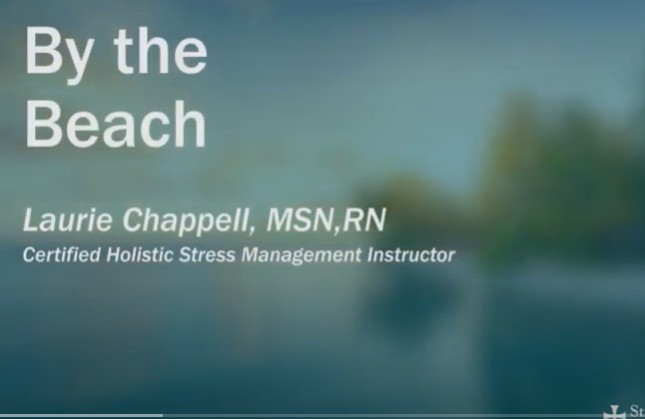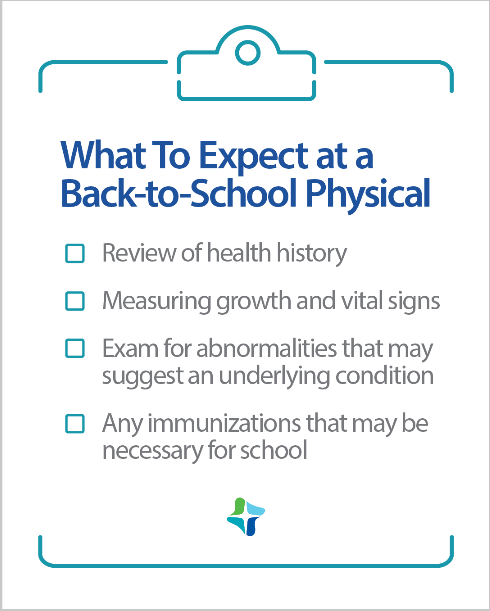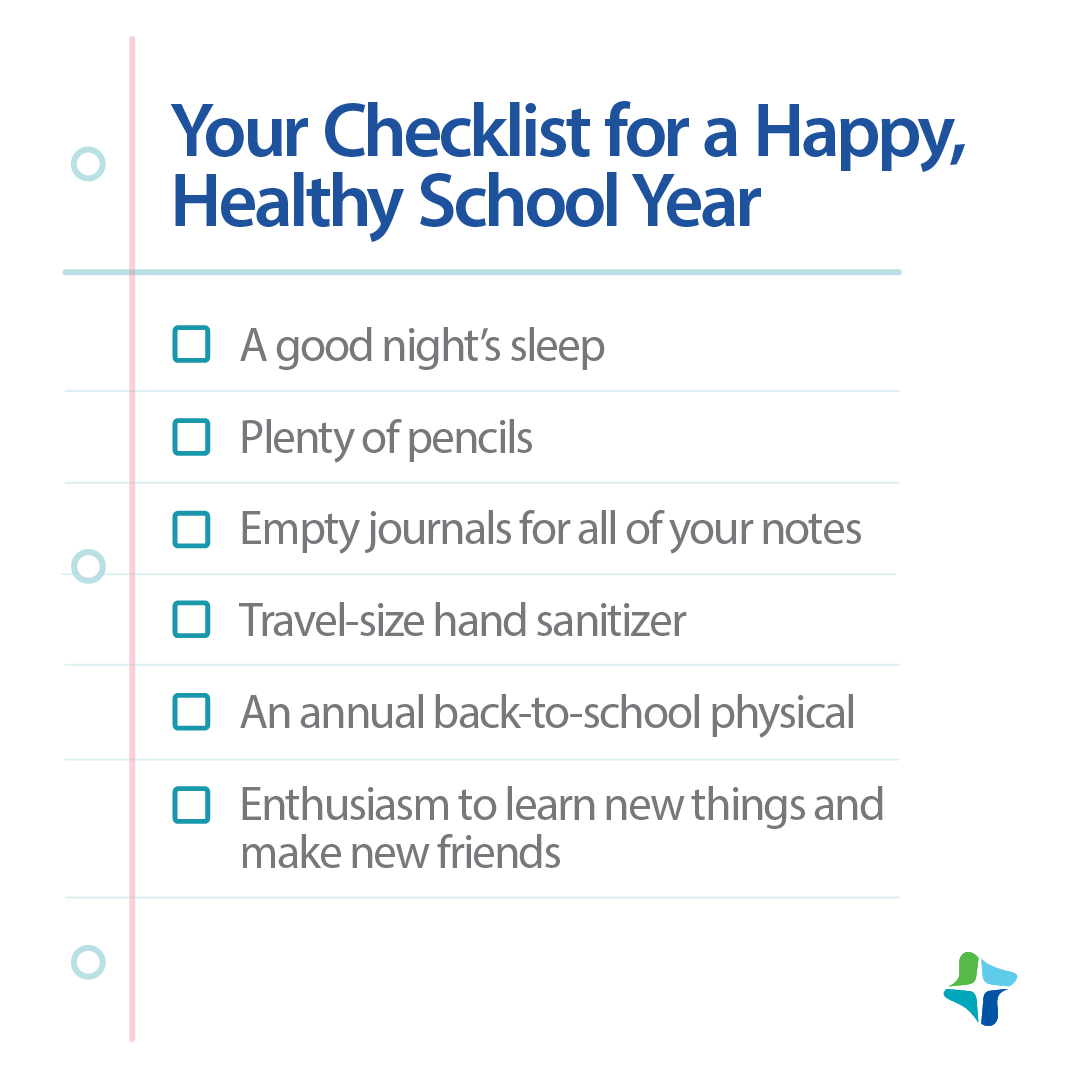Whether your child spent the last year in a classroom or learning from home, returning to in-person classes for a new school year can cause a bit of anxiety. But did you know that there are steps you can take to help your child ease back into classes? Here are some ways to relieve back-to-school anxiety.
Most children probably won’t understand that what they are experiencing is anxiety, but they may mention the symptoms they’re experiencing. Keep in mind that there are many different types of anxiety; to name a few, separation anxiety, social anxiety, testing anxiety, and generalized anxiety. It’s important to know that anxiety manifests differently depending on what type the child is experiencing, and even then, everyone experiences anxiety differently. Some of the common ways it shows in children are:
⦁ Shaking or trembling
⦁ Recurring fear or distress in the absence of parents
⦁ Trouble concentrating
⦁ Inability to get rid of negative thoughts
⦁ Headaches
⦁ Avoiding people or social situations
⦁ Stomachaches
⦁ Difficulty sleeping
⦁ Anger
⦁ Refusing to sleep alone
⦁ Restlessness or feeling on edge
⦁ Racing heartbeat
⦁ Low self-esteem
⦁ Dizziness or fatigue
Of course, these aren’t the only signs of anxiety in children, and if you feel your child is experiencing worry, trust your instincts and have them try out some meditation or mindful breathing.







